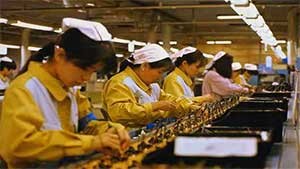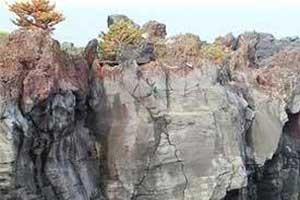More Changes In Japan
 Long sustained very high growth meant very high levels of capacity increases to build critical market share, this high growth financed as it must be by low-cost debt, borrowed from supportive banks. With fund availability greatly increased by a tripling of the value of the yen followed by a massive increase in asset values in the ’80s, companies were able to engage in extensive diversification. Too much capacity; too many competitors in almost all industries; too much diversification; all this too dependent on borrowings–the elements for a wrenching and long period of deflation and restructuring were in place. The end to the bubble of the late ’80s provided the occasion and the tow growth of the economy from 1992 is the evidence.
Long sustained very high growth meant very high levels of capacity increases to build critical market share, this high growth financed as it must be by low-cost debt, borrowed from supportive banks. With fund availability greatly increased by a tripling of the value of the yen followed by a massive increase in asset values in the ’80s, companies were able to engage in extensive diversification. Too much capacity; too many competitors in almost all industries; too much diversification; all this too dependent on borrowings–the elements for a wrenching and long period of deflation and restructuring were in place. The end to the bubble of the late ’80s provided the occasion and the tow growth of the economy from 1992 is the evidence.
Industry Reorganization and Company Restructuring
To deal with over-capacity and excessive diversification, much of industry can be seen in two groups. The first includes producers of cement, paper and pulp, chemicals, petrochemicals, …


